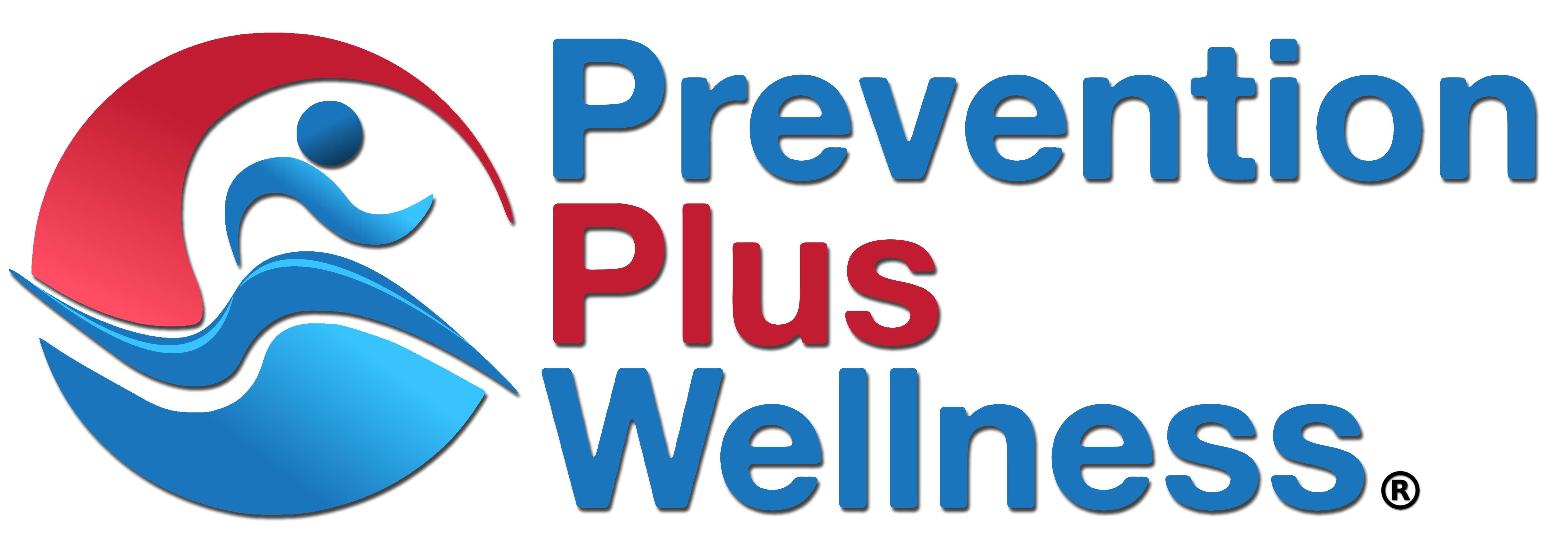A youth center in the northeast implemented the one-lesson evidence-based SPORT Prevention Plus Wellness (PPW) middle school program to young adolescents during the 2024-2025 school year.
SPORT PPW is an alcohol and drug use prevention program that promotes healthy lifestyle behaviors, including physical activity, nutrition, sleep and stress control.
Online surveys measuring risk and protective factors for substance use and healthy behaviors were provided to participating youth before and after the program.
Participants
A total of 98 adolescents participated in the SPORT PPW program provided to groups of youth at the Youth Center as well as at their satellite open gym basketball program.
Most youth were male (63%) an either 11 (37%) or 12 (30%) years old. Most participants were White (48%), Hispanic (22%) Black (13%) or Multiracial (13%).
Substance Use
Youth perceptions of drug use harmfulness increased from pretest to posttest on all five substance use measures. The percentage of increased perceived risk per substance included:
1. Marijuana: 8%
2. Alcohol: 18%
3. Opioids: 19%
4. Cigarettes: 20%
5. E-Cigarettes: 22%
Meanwhile, intentions to use each of the substances in the future decreased. The percentage of reduced intention to use each substance included:
1. Alcohol: 9%
2. Marijuana: 12%
3. Cigarettes: 19%
4. E-Cigarettes: 21%
5. Opioids: 27%
Healthy Behaviors
There were also increased intentions to participate in all six healthy behaviors measured. The percentage of increased intentions to engage in each of the healthy habits on most days included:
1. Practice stress control/relaxation: 16%
2. Eat healthy breakfasts: 18%
3. Set goals to improve health: 19%
4. Get physical activity: 25%
5. Sleep 8 hours or more: 27%
6. Eat fruits & vegetables: 27%
Other Health Outcomes
Pretest to posttest improvements were also found on two additional health-related measures. One, a measure of mental health and the other a measure of physical and mental health.
There was a 13% decrease in the likelihood that youth would feel so sad or hopeless that they would stop doing some of their usual activities.
There was also a 33% increase in youth who were happy with their current physical and mental health.
Conclusion
These data indicate the one-lesson SPORT PPW program had immediate effects on reducing the perceived harmfulness of using five substances as well as intentions to use these substances in the future.
Meanwhile, intentions to participate in all six healthy behaviors increased, with at least one-in-four planning on getting physical activity, sleeping 8 or more hours, and eating fruits and vegetables on most days in the future.
An additional measure showed an improvement in mental health for some youth and an improvement in perceived physical and mental health satisfaction for one-third of youth receiving the SPORT PPW program.
In conclusion, this pilot evaluation shows that the brief SPORT PPW program provided to youth in a youth center can have multiple impacts on substance use, healthy behaviors, and mental and physical wellbeing.

